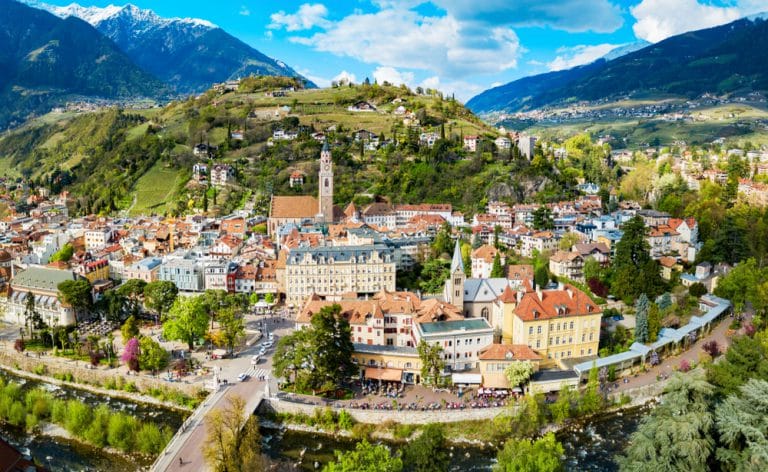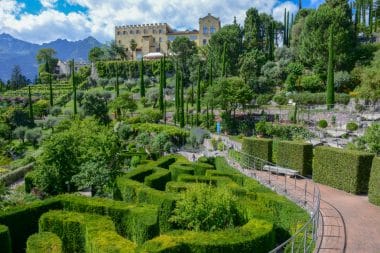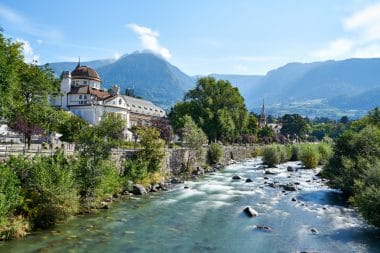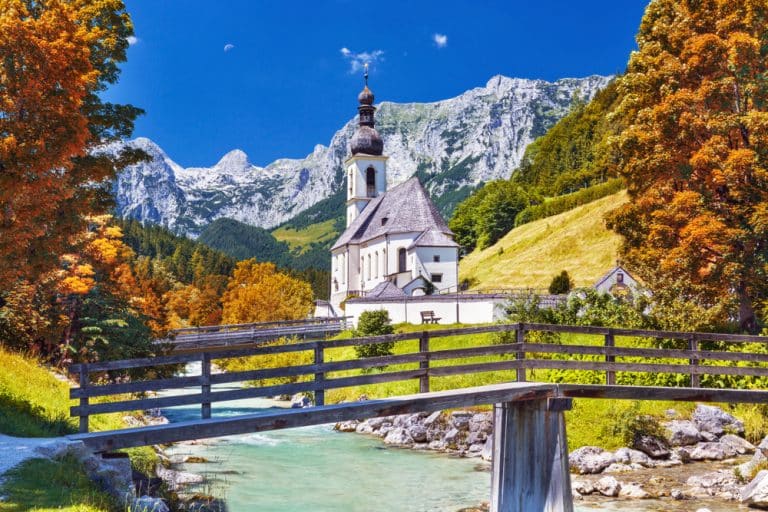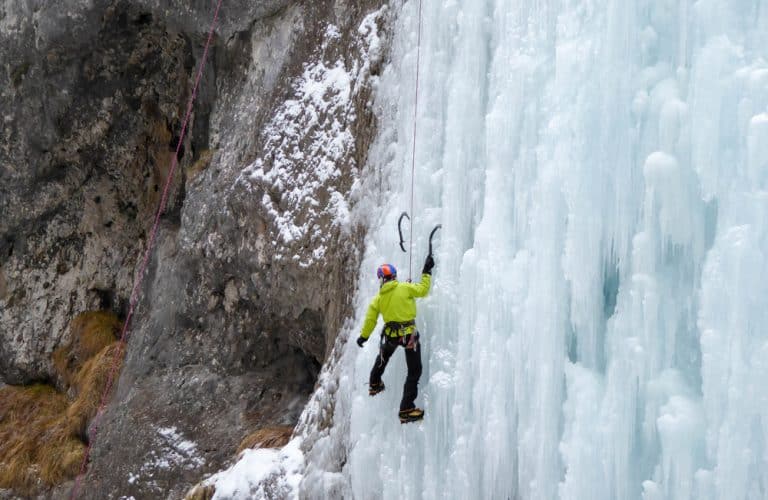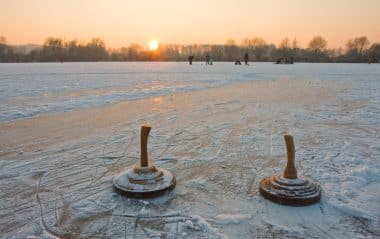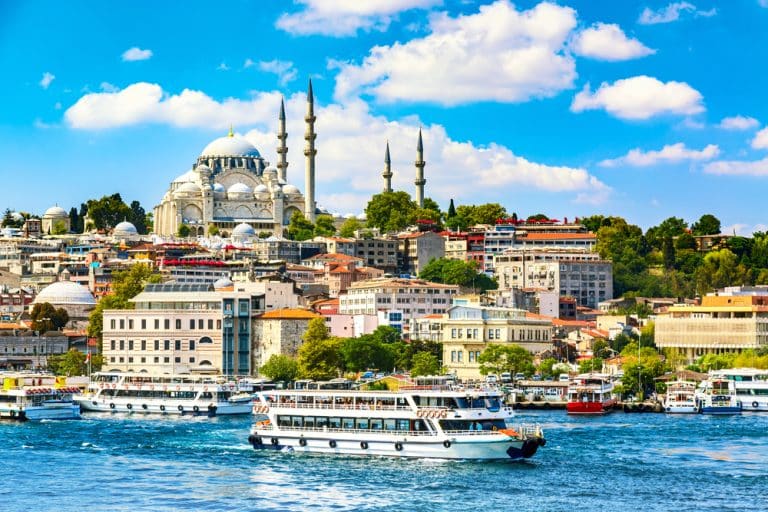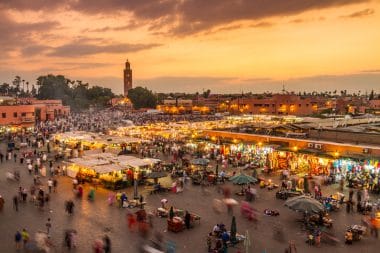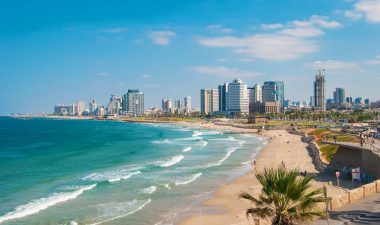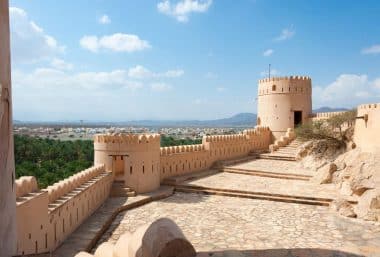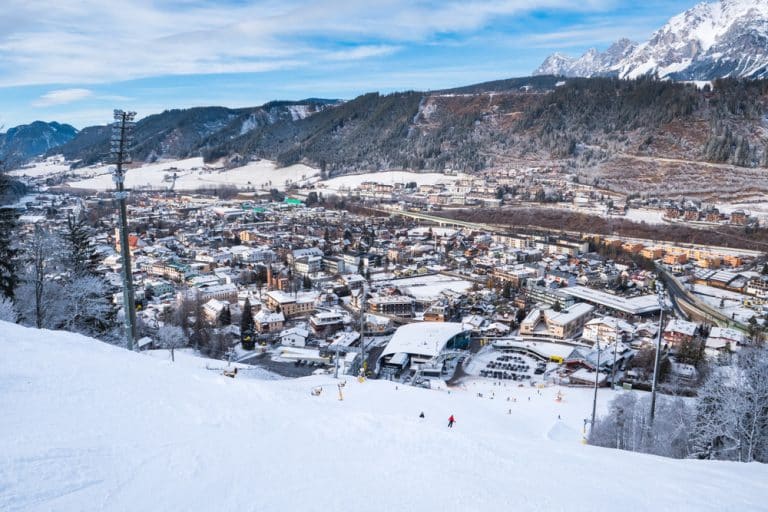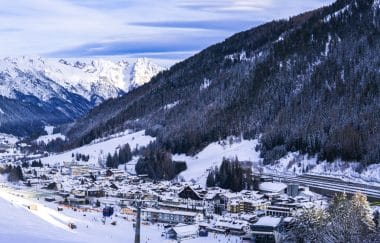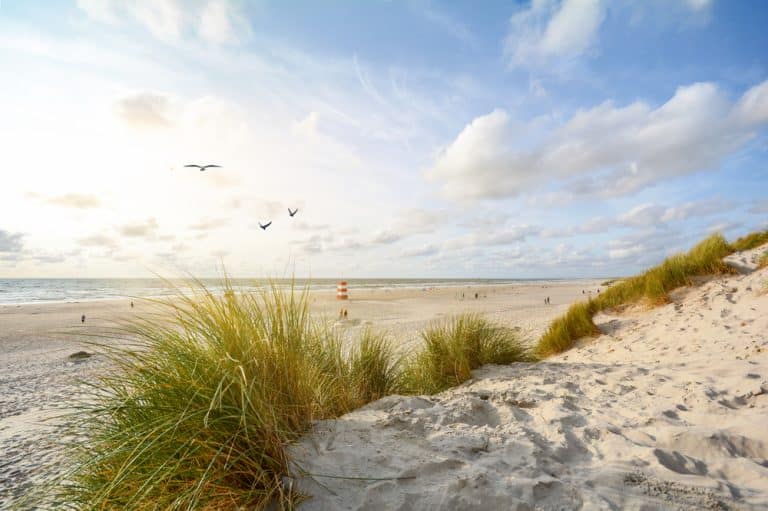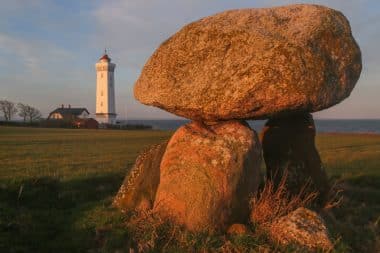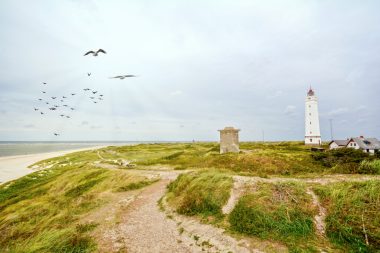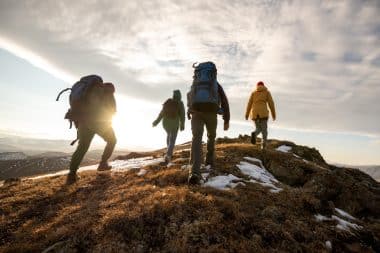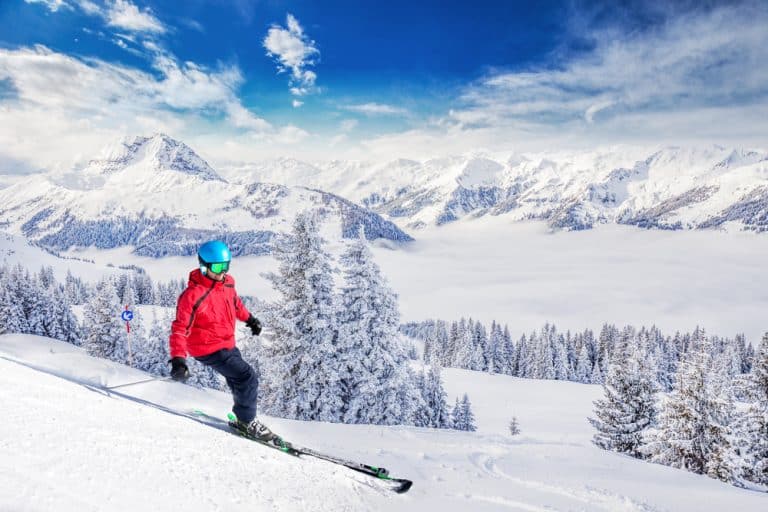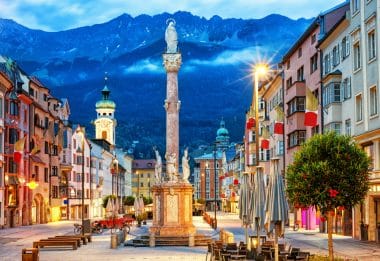Simply be out and about with the whole family, easily integrate the baby into leisure activities and use parental leave, for example, to go on a long journey. This is more or less the idea of many enthusiastic travellers who become parents. But not only travel fans, who are often on the road anyway, want a nice vacation with the baby. Of course, the offspring should also accompany their parents on the classic annual vacation, and many questions arise: When can a baby travel? Where is the best place to travel, and which places do you prefer to avoid? What do you have to consider when organizing, and how is traveling with baby really? We have compiled the most important answers.
When can you travel with your baby?
Theoretically, a baby can be on the road with its parents immediately after birth. Quite a few babies are born while traveling and are then right there. In practice, however, it is not for nothing that the first weeks after a birth are called “postpartum”. Mom and child should rest and arrive in their new life. However, if you really want to, you can also go on a trip right away.

Most airlines allow children from one to two weeks of age. Whether this is the right time for a long-distance trip by plane is up to parents to decide for themselves. However, caution is advised, because of course there are not only many people on the move at airports, but also pathogens. And babies’ immune systems are still developing.
It’s a little less complicated by train or car. Especially in your own car or camper, you can enjoy the greatest possible freedom. Provided that the baby likes to lead along.
Which places are recommended, which are better avoided with a baby?
Actually, you can travel with a baby to almost any place in the world, because wherever people live, babies are born. Of course, you will prefer certain places and avoid others so as not to put yourself and your family in unnecessary danger. An overview:
- When traveling with a baby for the first time, it is best to choose destinations where you already know your way around, because the new life as a family is exciting enough. You don’t necessarily have to deal with a new environment.
- It is an advantage if the climatic conditions at the destination are similar to those at home. So you don’t travel with a baby to the coldest or hottest places in the world. The rainy season with its continuous rainfall and extreme humidity should also be avoided.
- Destinations for which a travel warning has been issued are better avoided. As a family, you are much more vulnerable than when you are traveling alone.
- Extreme altitudes are also not recommended if you do not live in such an area anyway.
- In some places in this beautiful world, certain vaccinations are needed. Many of them cannot yet have a baby, and for this reason should not travel to such places.
What do you have to think about when you travel with your baby?
It depends a little on where you travel and how long you will stay there. On the one hand, it’s about everything you need for the trip itself. It’s hard to rummage in your suitcase on the road, so you have to have things at hand. This is all the baby would need at home, i.e. bottles, diapers, creams, spare clothes and pacifiers. The same applies to the stay itself, although it always depends a little on where you are going. Are you vacationing in a European country and can you even access the proven diaper brand? Or are you far away and have to expect that there are unusual animal species in the jars of baby porridge?
There is one more thing to consider, and that is the necessary documents if you are traveling abroad. Is the health insurance suitable, is the child healthy, does the other parent, if not present, agree to the trip? If you want to have a good overview, you can download a checklist for the flight here. Of course, it also applies to other long-distance journeys, such as by train.
What is it really like to travel with a baby?

On Instagram and travel blogs you can always see beautiful pictures of relaxed parents and sleeping or smiling babies while traveling. They sleep in the back seat of the car, they marvel from the train window, they relax on the plane. One thing you should know before you go on a trip with a baby: Your own child can quickly throw a spanner in the works and make all the beautiful pictures ad absurdum. Every child has their own personality and the trips they enjoy can be a real surprise.
Although most children like driving, not all of them do. Some cry non-stop, which can make a road trip an ordeal. Or maybe it’s just the car seat that pinches in one place, a problem that can be solved quickly. Some babies fall asleep in the hustle and bustle, others are already annoyed (and make this known loudly) when the radio in the supermarket is too loud. While one baby really likes to be pushed through the world in a stroller, another is outraged when it has to lie alone somewhere and wants to be carried all the time.
So if you want to travel with your baby, you should first get to know it properly and try out which situations it accepts well and which ones affect it. Accordingly, you can choose your destinations, as well as the activities on site and also the type of arrival. What speaks against a few months Hiking to celebrate in the home environment when the child is slumbering in the carrier for it? As it grows up, its tolerance for new situations also grows, which it can get to know again and again through parents who love to travel.



